Sanliurfa Archaeology and Mosaic Museum or Sanliurfa Museum (Turkish: Şanlıurfa Müzesi) are located in the south-eastern city of Şanlıurfa (also known as Urfa), Turkey. The museums contain remains of Şanlıurfa (known as Edessa in antiquity), Göbekli Tepe, Karahan Tepe, Harran (another ancient city which lies 44 kilometres (27 mi) southeast of Şanlıurfa), findings from the Southeastern Anatolia Project and ruins found in the hydroelectric dam reservoirs of Atatürk Dam, Birecik Dam and Karkamış Dam. Both museums are located at Haleplibahçe Mahallesi 2372, Sok Eyyübiye/Şanlıurfa (across the Şanlıurfa Piazza Mall)
The mosaic of Orpheus was created in 184 A.D. in Edessa. It was found in 1980, and was taken to United States by illegal means. After some handovers, it returned to Sanliurfa from the Dallas Museum in 2015.
Sanliurfa Archaeology and Mosaic Museum in the ground and upper floor there are four exhibition halls. The first exhibition hall is reserved for Assyrian, Babylonian and Hittite artifacts. In the second and third halls, Neolithic, Chalcolithic and Bronze Age items such as stone tools, terracota ceramic tools, stamps, pithoi, necklaces, figurines, metallic tools, ornaments, and idols are exhibited. One of the most important items is a 9500-year-old sculpture which is the oldest-known life-size human sculpture. In the ethnographic section, clothes, silver and bronze ornaments, handworks, doors with epitaph, examples of calligraphy, and hand written Korans are exhibited. In the yard, there are various archaeologic items.
Sanliurfa Archaeology and Mosaic Museum includes the Urfa Man statue, dated c. 9000 BC (11,000 years ago), being considered as the oldest life-sized sculpture of a human already discovered.



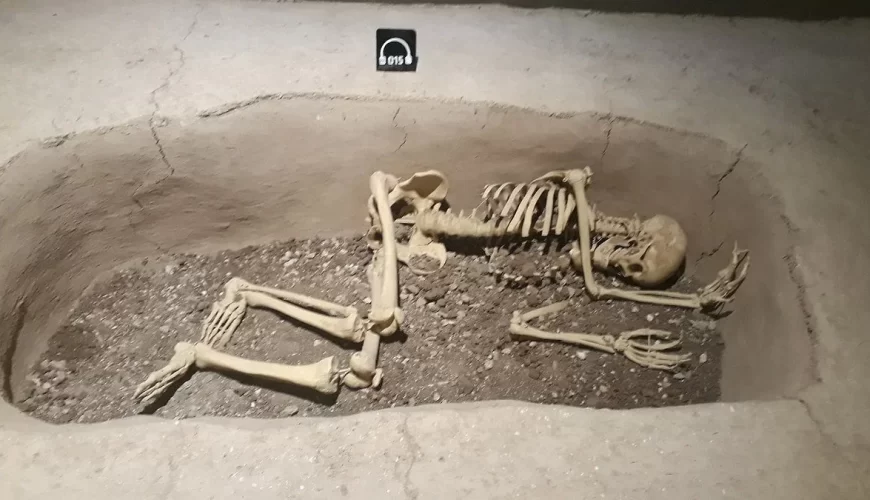
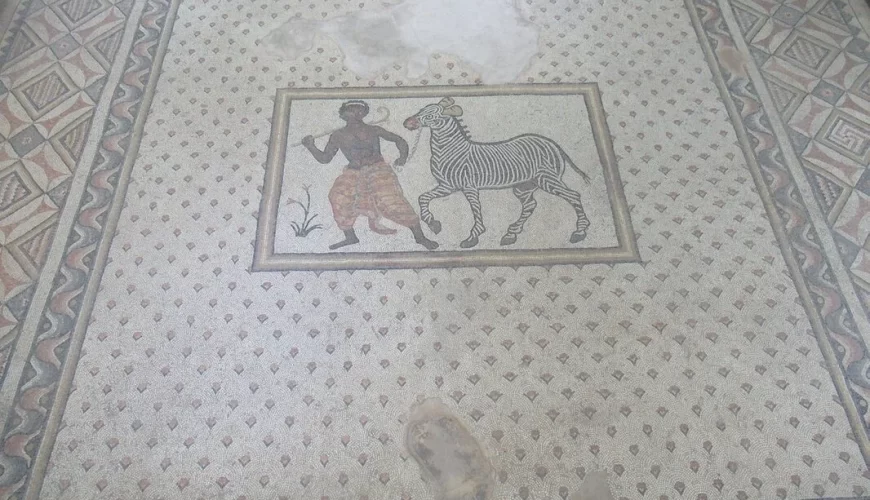

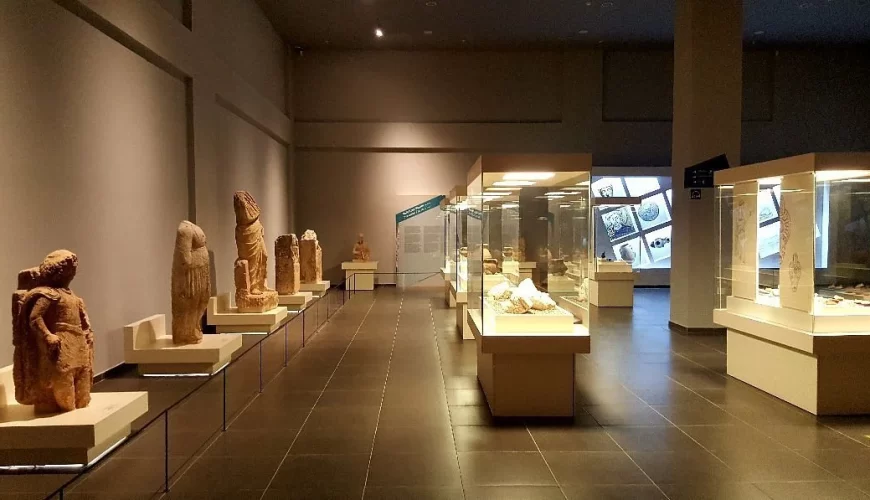
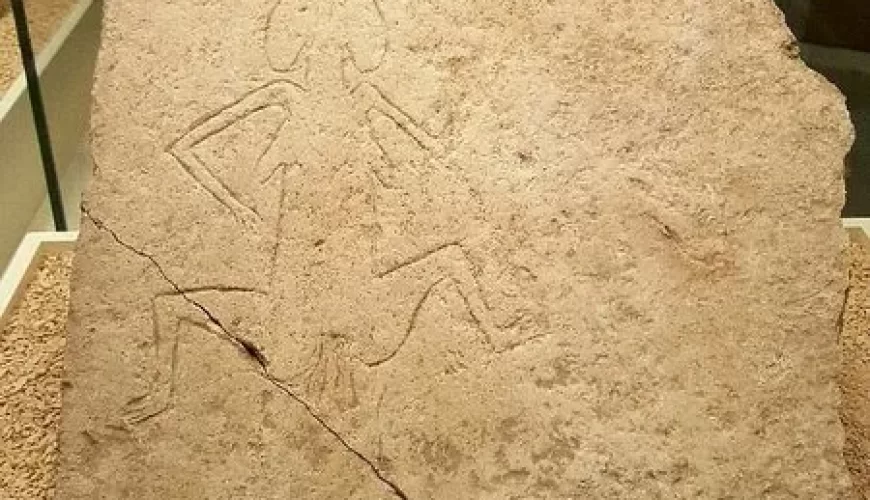
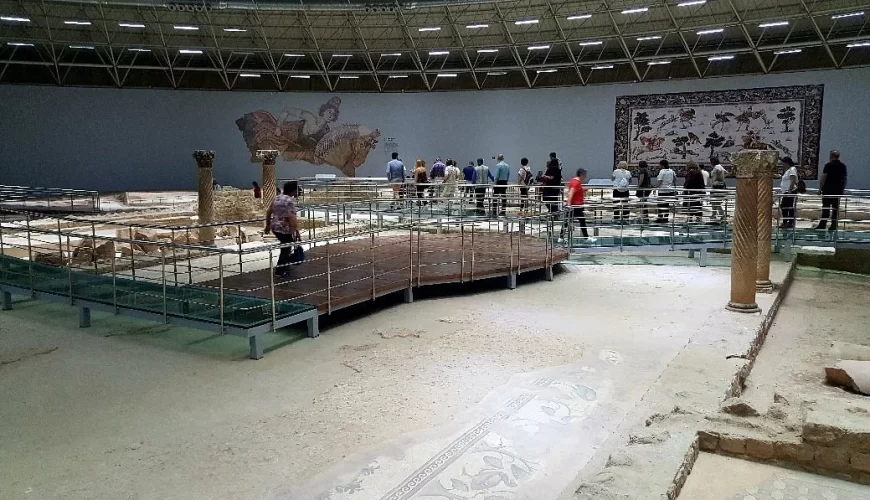

Comment (0)